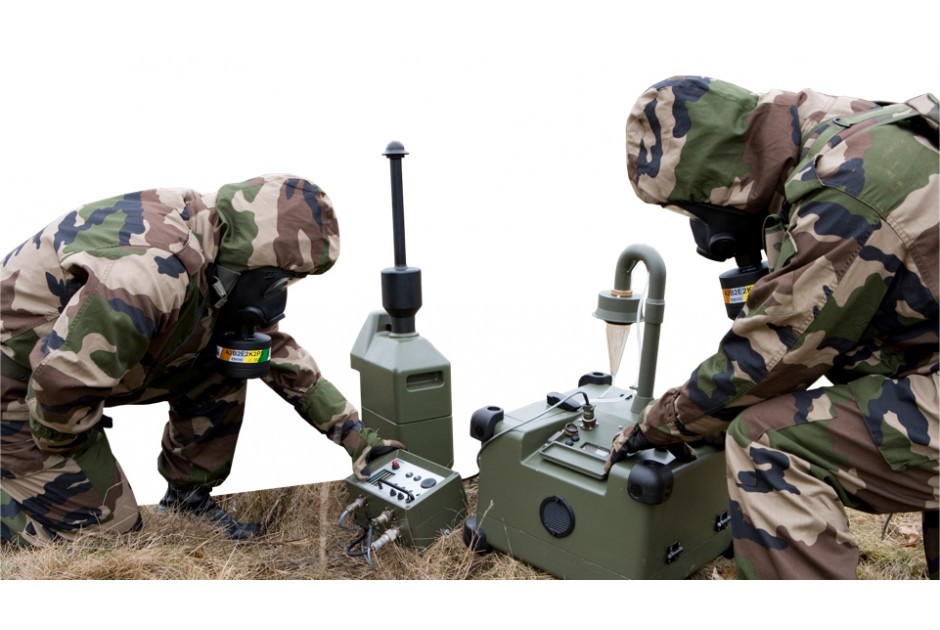EN 1621 2 Back protectors impact attenuation performance testing
The EN 1621-2 standard is a European regulation that specifies the methods for assessing back protector impact attenuation. This testing ensures that protective equipment can effectively reduce the risk of injury to workers in high-risk environments, particularly those who may experience falls or impacts.
Impact attenuation is critical when designing and manufacturing back protectors because it directly affects how much force is transferred from a fall or collision to the wearer's spine. The standard covers both static and dynamic tests, ensuring that the protector can withstand a variety of potential real-world scenarios.
The test procedure involves placing a standardized dummy wearing the back protector on a pendulum impact machine. A weight falls onto the dummy's back at specific heights and velocities to simulate different types of impacts. The force measured during this impact is then used to determine the protector's performance according to EN 1621-2.
The primary focus of this testing is on reducing the risk of spinal injuries, which can occur in many industrial sectors such as construction, mining, and military. By adhering to this standard, manufacturers can ensure their products meet the necessary safety requirements and provide adequate protection for workers.
Manufacturers must follow a rigorous process before bringing these protectors to market. This includes selecting appropriate materials, designing the protector according to EN 1621-2 guidelines, and conducting initial prototypes testing. Once developed, further rounds of testing are conducted at intervals throughout production to ensure consistency in performance.
The standard also allows for different types of back protectors based on their intended use, such as those designed primarily for workers who engage in manual labor versus those used by cyclists or motorcyclists. Each type has specific design requirements and test criteria that must be met to achieve compliance with EN 1621-2.
In addition to the static tests mentioned above, dynamic testing plays a crucial role in evaluating the protector’s ability to handle sudden impacts. This involves simulating real-world conditions where there might not always be time for proper posture or preparation before an impact occurs. The results from these tests provide valuable insights into how well the protector can absorb and distribute energy during rapid deceleration events.
For manufacturers aiming to comply with EN 1621-2, it is essential they understand every aspect of the standard to ensure their products meet all specified requirements. This includes understanding what constitutes a compliant back protector under this particular regulation as well as knowing how best to document and report test results.
- Static testing measures the protector's ability to absorb impact forces without causing harm to the wearer’s spine.
- Dynamic testing assesses whether the protector can effectively dissipate energy during sudden impacts, which may not allow for proper posture or preparation.
- The standard allows for different types of back protectors depending on their intended use, ensuring that each product meets specific design requirements and test criteria.
Benefits
Complying with EN 1621-2 brings numerous advantages for manufacturers and end-users alike. For starters, it ensures that the back protectors are safe and effective at reducing the risk of spinal injuries—a critical factor given the physical demands often associated with military operations.
For manufacturers, meeting this standard demonstrates a commitment to quality and safety, which can enhance brand reputation and attract customers seeking reliable protective gear. It also opens up opportunities for international sales since many countries around the world recognize European standards like EN 1621-2 as valid quality indicators.
End-users benefit greatly from these compliant products too. They gain peace of mind knowing that their chosen protectors have been rigorously tested and proven capable of providing adequate protection in various situations. This is especially important for military personnel who face numerous hazards daily while performing their duties.
Industry Applications
- Military personnel engaged in combat or training exercises where they may encounter sudden impacts from explosions, falls, or other high-energy events.
- Civilian workers involved in construction projects that require climbing ladders or scaffolding, potentially exposing them to falls from heights.
- Workers operating heavy machinery who could be at risk of being struck by moving parts if they fall off the machine or get caught between components during operation.





